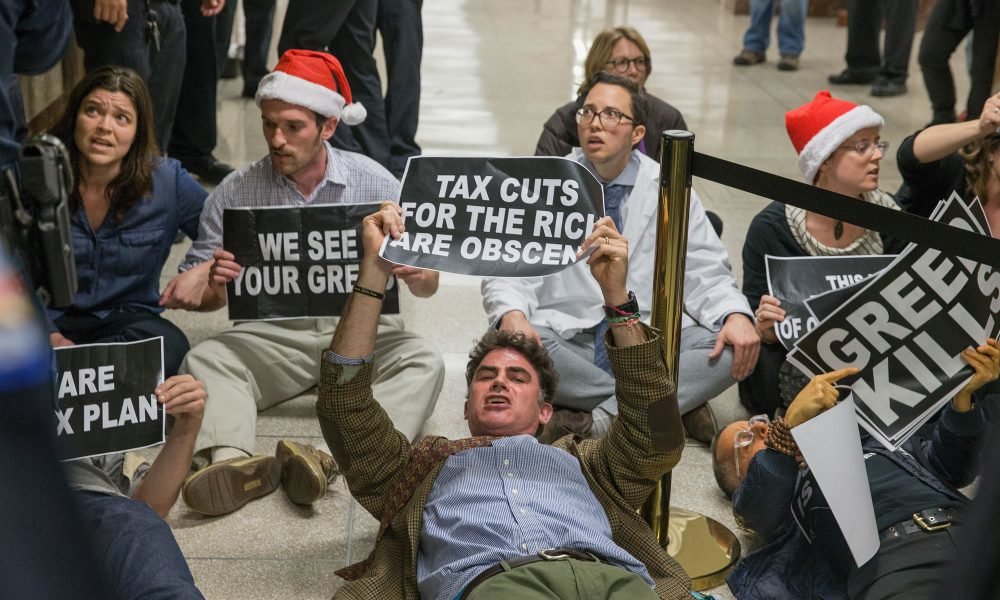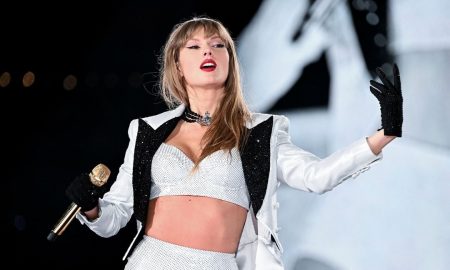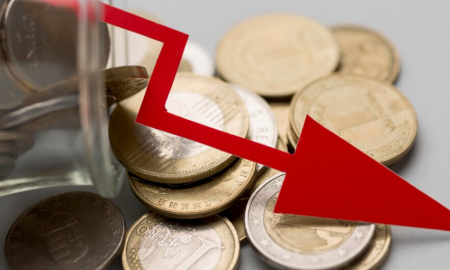
Top 20% Wealthiest Americans to Pay Almost 90% of Their Income Taxes!

The United States is known to have one of the most progressive income tax payments in the world. Even after the recent tax overhaul, the highest earners in the US will still pay the lion’s share when it comes to income tax.
Individual income tax is the lifeblood of the economy, as it is the largest single source of revenue in the United States, and its share has already risen for the past couple of years. For this year, it is even possible it would raise 50% of total federal revenue, which is higher than last year’s 48%. These numbers are according to the estimates from Congress’ Joint Committee on Taxation.
The Lion’s Tax Share

Individual income tax procedure dictates that those with the highest earnings will shoulder the highest percentage of income tax
So, who will pay what share when it comes to individual income tax? IRS data isn’t actually available until all people have finished their tax filing, so, the generated estimates for both 2017 and 2018 comes from the Tax Policy Center which is a non-partisan research group.
Starting from top to bottom, the top 0.1% wealthiest for that year who has earned $3.2 million will shoulder 22% of the income tax, and the top 10-20% who earned up to $217,000 will pay 12.7% of the tax. As one can glean from the results, you can directly see how steeply progressive it is.
For this year, households that are in the top 20% who have an income of above $150,000 received about 52% of the total income, which is about the same as it was last year. However, they will pay about 87% of the income taxes, which is a rise from last year’s 84%.

When you look at who pays what in taxation, it looks like the burden of taxation for the country is distributed fairly throughout all of its citizens
What About the Others?
In contrast to those up top, the lower 60% of households that earn only up to $86,000 receive about 27% of the income. As a group, these households will pay no net federal income tax in 2018, as opposed to the 2% of last year.
After the income tax, the most important revenue raisers are from social insurance like Social Security and Medicare. They provide about 34% of the total tax for this year, which is also according to the Joint Committee on Taxation.
Seven percent of the revenue is accounted for by corporate taxes, down from the 9% of last year, and the rest of the shares come from excise tax, estate, and gift tax, as well as other sources such as customs duties.
What’s Happening in Income Tax
The Tax Policy Center also gives a more in-depth look of those who are in the top five groups who earn from $150,000 all the way up to $100 million for the year. About one million households in the top 1% will pay for 43% of the income tax, which is a rise from 38% of last year.
These filers are the ones who earn $730,000 and above. According to income tax specialist Roberton Williams from the Tax Policy Center, the share of taxes paid by the top 5% will rise, despite the fact that they were actually the largest beneficiaries of the overhaul’s tax cut, both in percentage and dollars.

If federal taxes were included, people in the bottom tier’s share of tax payments would receive a positive income tax
Some people might wonder why for the 77 million households that are in the bottom two groups have a negative income tax when they actually earn 13% of the income. This is because, in recent decades, Congress has been funneling benefits for lower earners through income tax rather than other ways, like federal programs. Some of these, like the earned-income tax credit for low-salary workers, make cash payments to the filers who do not owe income tax.
The recent tax overhaul actually lessened the share of income tax for people in those bottom tiers, partially because it almost doubled the standard deduction, and at the same time it expanded the tax credit for children below 17 years old. However, the lower tier households still owe federal tax, such as for Social Security and Medicare. When social-insurance levies are included, the top 20% will only pay 67% of federal taxes.
More in Finance & Business
-
`
What Is DRI in Real Estate?
What is DRI in real estate? Understanding DRI in real estate is crucial when dealing with large-scale developments. DRI, or Developments...
August 31, 2024 -
`
What Is an Irrigation Bill and Why Do You Need to Pay It?
If you’ve recently received an irrigation bill and are wondering, “What is an irrigation bill?” you’re not alone. These bills might...
August 23, 2024 -
`
What Happens When a Landlord Refuses Rent? Legal Rights and Options
Landlord troubles? Are rent checks bouncing back like a bad penny? Fear not, tenant. This guide is your lifeline through the...
August 17, 2024 -
`
Bank Statement Mortgage Loan: What Is It and Who Should Get One?
If you are wondering, what is a bank statement mortgage loan, you are not alone. This type of loan is a...
August 7, 2024 -
`
Are Sabrina Carpenter and Olivia Rodrigo Friends?
The question on many fans’ minds is, “Are Sabrina Carpenter and Olivia Rodrigo friends?” This curiosity stems from the buzz around...
July 29, 2024 -
`
What Is Provisional Credit and How It Works for You
Have you ever noticed an unexpected credit in your bank account labeled as provisional? It can feel like a financial windfall,...
July 24, 2024 -
`
How Old Do You Have to Be to Rent an Apartment?
Transitioning from living at home to renting your first apartment is a significant step towards independence. But how old do you...
July 20, 2024 -
`
Will Lumber Prices Go Down in 2024? A Market Forecast
The price of lumber has been a source of frustration for many in recent years. From record highs to a period...
July 12, 2024 -
`
Travis Kelce and Taylor Swift All Set to Tie the Knot?
Travis Kelce and Taylor Swift are almost all set to tie the knot! The buzz around their engagement has fans on...
July 1, 2024















You must be logged in to post a comment Login